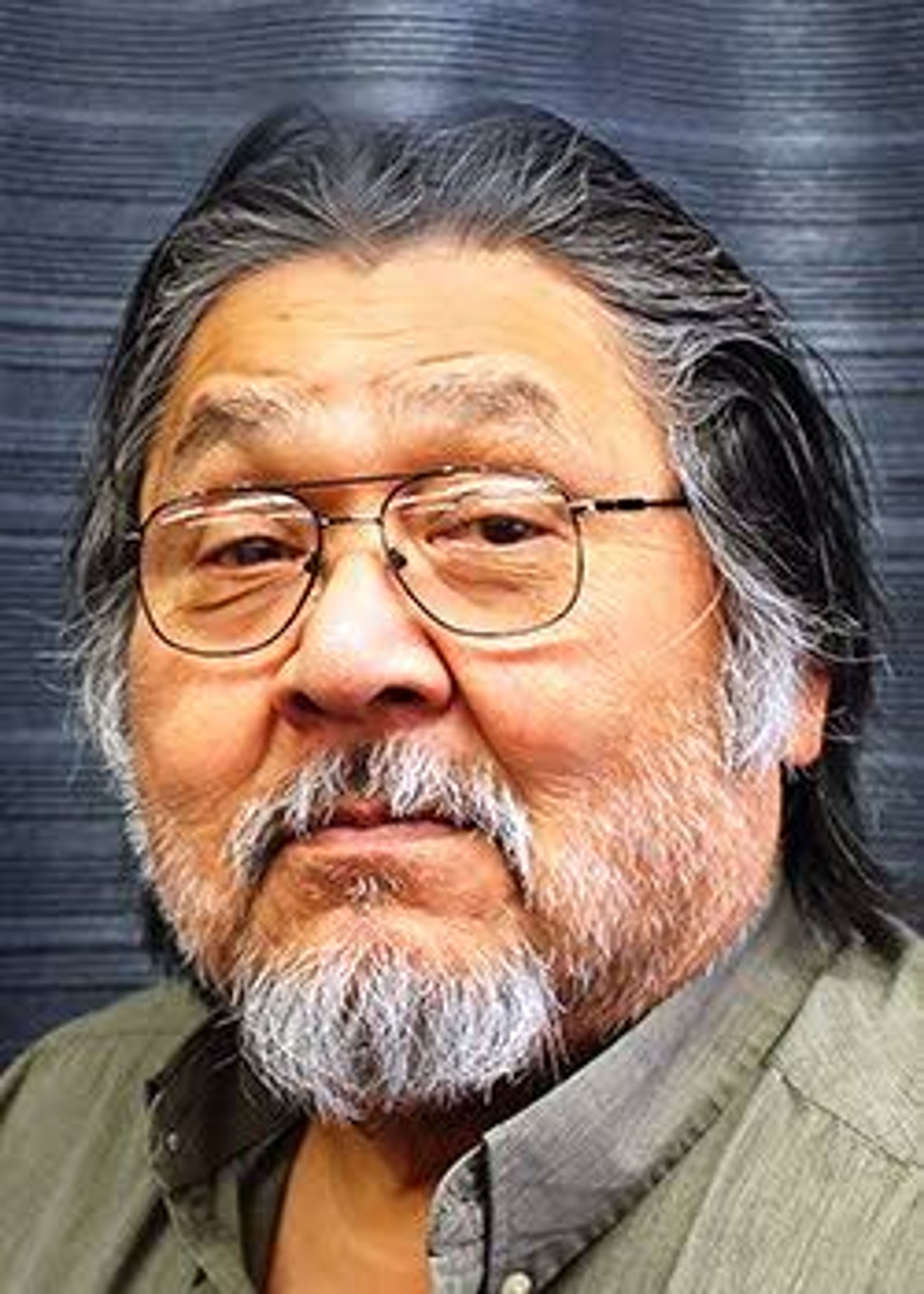Tribe plans to move ahead with hemp cultivation
Industrial hemp, which isn’t grown for intoxicating purposes, is allowed under 2018 Farm Bill
The Nez Perce Tribe is moving forward with plans to cultivate industrial hemp under the 2018 Farm Bill.
The tribe is seeking comments by Oct. 23 on its proposed amendment to the Nez Perce Tribal Code regarding the cultivation, processing and distribution of industrial hemp on the Nez Perce Reservation.
The hemp ordinance will provide a regulatory framework for safe and legal production of industrial hemp on the reservation. The ordinance’s approval must be completed in coordination with the U.S. Department of Agriculture.
The USDA must approve the tribe’s plan for the production of hemp, under a national regulatory framework for hemp production established in the 2018 Farm Bill.
Industrial hemp is used in paper production, textiles, biodegradable plastics, construction, health food, health products and fuel.
“Due to its versatility and organic nature, industrial hemp has been identified as a potential avenue for economic development on the reservation,” Nez Perce Tribal Executive Committee Law and Order Subcommittee Chairman Arthur Broncheau said. “Because there is tremendous growth in sectors of the economy that rely on hemp, the Tribe believes hemp is an emerging market that can accomplish economic self-sufficiency and increase jobs in our region.”
Tribal leaders have discussed the topic of industrial hemp production for the past few years and evaluated research and recommendations for ways to move forward with hemp production. The tribe was also active in the promulgation of federal regulations for the industry.
“Promoting sustainability is a mission and core value of the Climate Change and Energy Subcommittee,” Nez Perce Tribal Executive Committee Vice Chairwoman Chantel Greene said. “We want to grow and help improve the soil that is used for agricultural purposes currently and reconnect with a part of our culture that has been lost. Our ancestors grew and utilized hemp for several reasons, including the creation of basic supplies, such as clothing and rope, and to support their health and wellbeing.”
Hemp and marijuana are members of the same plant species, but they have significant differences. “Hemp” is used to describe the food and fiber variety of the cannabis plant, while “marijuana” is the name given to cannabis that is grown to enhance the chemicals THC, which makes a person feel intoxicated.
Different growing techniques must be used for the two plants. Hemp cannot be used to obtain an intoxicated high like marijuana.
“One important element of this project will be to provide the necessary education to help create an understanding of the difference between hemp and marijuana,” Broncheau said. “This plan will not conflict with the Controlled Substances Act.”
The tribe will regulate the acceptable hemp THC level as prescribed under federal law. The THC level on a dry weight basis should be 0.3 percent or less.
The proposed ordinance would also implement licensing requirements for growers; require inspection and sampling; pre- and post-harvest testing; and regulations on the use of pesticides.
“It is important that there are proper laws in place to regulate this new industry,” Broncheau said. “Once a final hemp ordinance is approved by the USDA and codified by the tribe, the tribe will work on implementation of the regulatory framework. The ultimate goal will be ensuring that there is a clear and consistent process in place for regulating growers on the reservation.”









